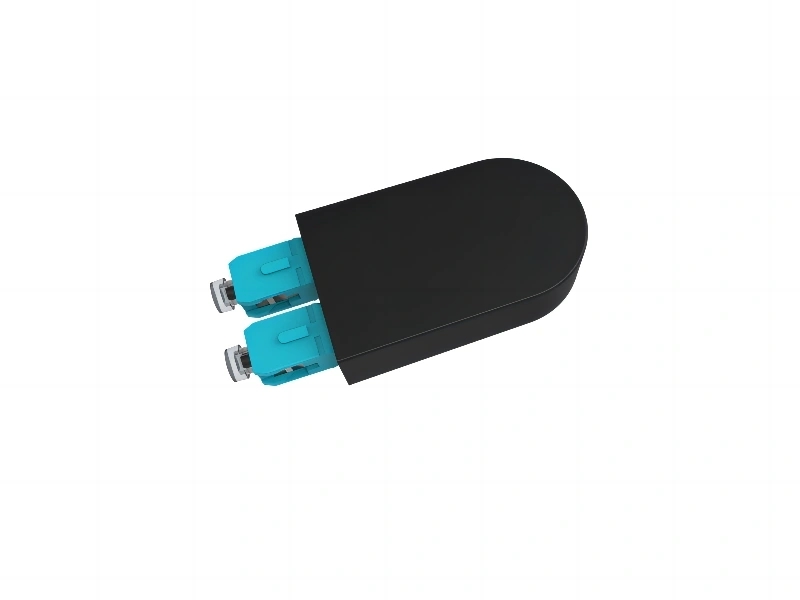Understanding the Essential Elements of Fiber Optic Connectors

Fiber optic connectors play a crucial role in the transmission of data through optical fibers. These connectors enable the seamless connection between optical cables, ensuring efficient and reliable communication. Understanding the key components of fiber optic connectors is essential to comprehend their functionality and the overall performance of the fiber optic network.
1. Ferrule
The ferrule is a small cylindrical structure at the center of a fiber optic connector. It holds the fiber securely in place and ensures precise alignment with the mating connector. Made of ceramic, metal, or high-grade plastic, the ferrule prevents the fiber endfaces from damage and maintains optimal signal transmission. The accuracy and quality of the ferrule greatly impact the performance of the connector.
2. Connector Housing
The connector housing provides mechanical support and protection to the internal components of the fiber optic connector. It is typically made of durable materials such as metal or plastic. The housing also features alignment structures that enable easy and accurate mating with other connectors. Additionally, it protects the delicate fiber from external environmental factors such as dust, moisture, and mechanical stress.
3. Coupling Mechanism
The coupling mechanism ensures the secure connection between two fiber optic connectors. It enables quick and reliable mating and de-mating of connectors, allowing for easy installation and maintenance. Common coupling mechanisms include screw-on connectors, snap-in connectors, and push-pull connectors. The coupling mechanism should provide a strong and stable connection to ensure uninterrupted signal transmission.
In summary, fiber optic connectors consist of several key parts that collectively contribute to their functionality and performance. The ferrule, connector housing, and coupling mechanism are integral components that ensure precise alignment, protection, and reliable connection between optical fibers. Understanding these components will help in selecting the right connector for specific applications and maintaining optimal performance in fiber optic networks.



